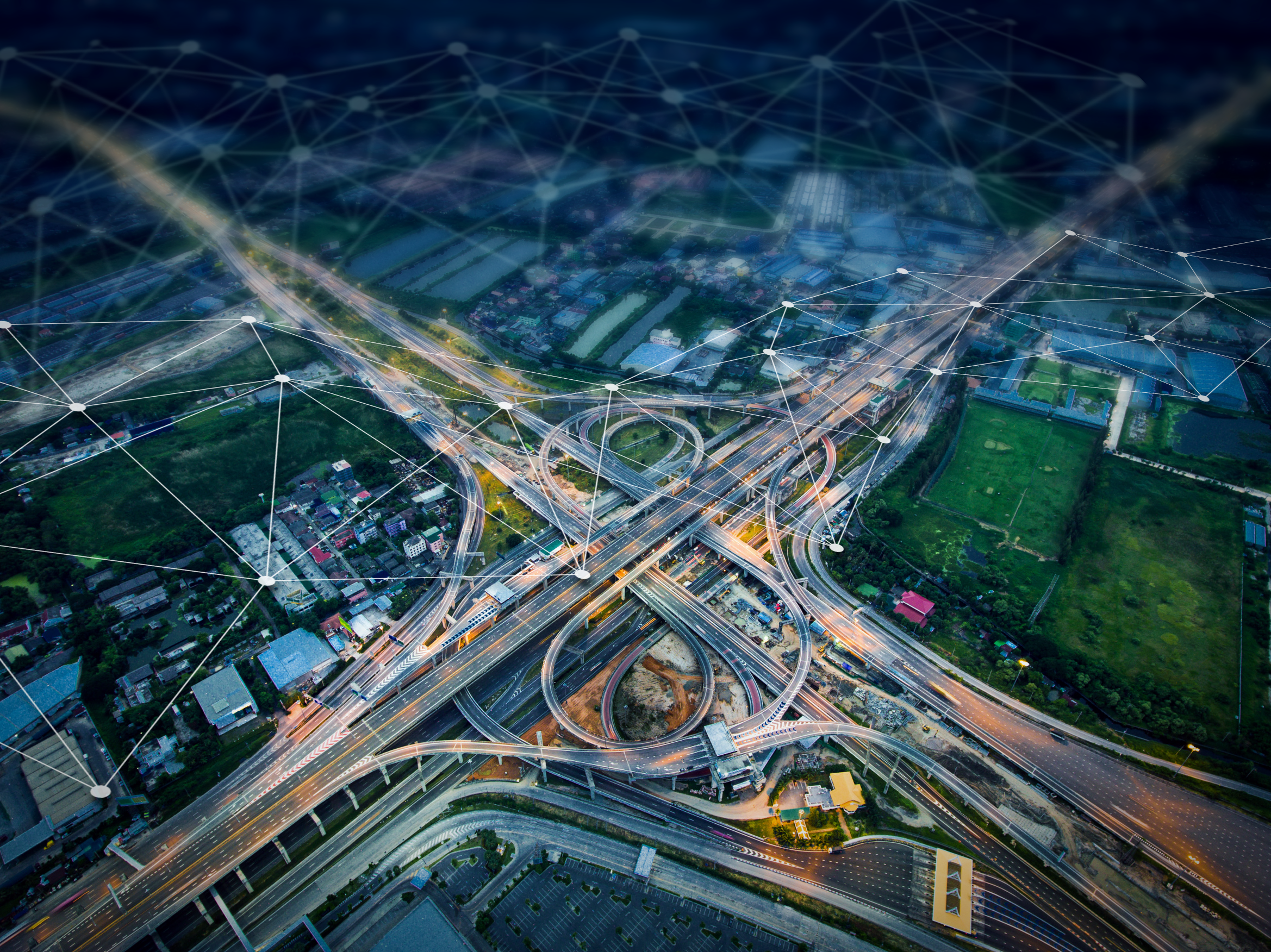Espionage: A Critical Risk to Businesses
Espionage: A Critical Risk to Businesses
Espionage has become a pervasive threat in today’s interconnected and competitive world, with significant implications for businesses. Once associated primarily with government secrets, espionage activities now involve industries and corporations, with vulnerabilities being exploited to achieve strategic, financial, or geopolitical goals.
For companies operating in critical and high-value industries, as well as those dealing with intellectual property or dual-use technology, the risks are critical. Recent incidents demonstrate how methods such as cyberattacks, sabotage, and the exploitation of insider access are employed to carry out espionage activities. The theft of proprietary information, disruption of operations, and infiltration of supply chains are not hypothetical risks—they are pressing realities. A single breach or sabotage attempt can result in operational delays, financial losses, and lasting reputational damage.
Espionage cases in recent years highlight its evolving nature and diverse targets. In Norway, the arrest of a guard at the U.S. embassy accused of sharing sensitive information with Russian and Iranian agents underscores how insiders can compromise security. Similarly, the discovery of a Russian illegal posing as a Brazilian researcher in Tromsø revealed how covert actors infiltrate academic and cultural spaces for espionage purposes. In the corporate sector, Chinese operatives were implicated in the theft of trade secrets from DuPont, targeting its proprietary manufacturing processes. The SolarWinds supply chain attack further demonstrated how cyber espionage can penetrate both government and corporate networks, exposing sensitive data and compromising essential systems. These cases illustrate that espionage is no longer confined to state affairs—it impacts academia, technology, and industry alike.
Espionage activities are particularly harmful because they target weaknesses at multiple levels within an organisation, from technological vulnerabilities to insider access, making it difficult to detect and counter them effectively. Espionage tactics range from cyber intrusions to the misuse of embedded technologies and covert influence over supply chains. Recent warnings from European intelligence agencies emphasise that sabotage of critical infrastructure is often closely linked to broader espionage efforts aimed at destabilising industries and governments.
For businesses, recognising the motivations behind espionage is key to understanding their own risk exposure. By identifying whether the aim is economic gain, geopolitical leverage, or operational disruption, businesses can better anticipate how they might be targeted and implement strategies to protect themselves. Ultimately, regardless of the specific aim, businesses remain prime targets in these operations.
Recognising the Warning Signs
To defend against espionage, businesses must be aware of potential indicators of malicious activity. Common warning signs include:
-
Unusual behaviour from employees, such as unauthorised access to sensitive data.
-
An increase in phishing attempts or malware campaigns targeting key personnel.
-
Unusual activity in operational or IT systems, such as unexplained data transfers.
-
Attempts by unknown parties to gain access to restricted areas or information through social engineering tactics.
Building Resilience to Espionage
Addressing the threat of espionage requires a strategic, multi-layered approach. Cybersecurity measures are essential, but just as important is fostering a culture of security awareness within the organisation. Training employees to recognise potential threats, securing intellectual property, and ensuring rigorous vetting processes for partnerships and supply chains are all critical. Proactive defense measures not only mitigate risks but also position businesses to respond effectively in the face of an incident.
Espionage scenarios are increasingly common. Espionage activities continue to evolve alongside technology and global dynamics. By taking deliberate and informed action now, businesses can safeguard their operations and protect their long-term interests in an increasingly unpredictable landscape.

